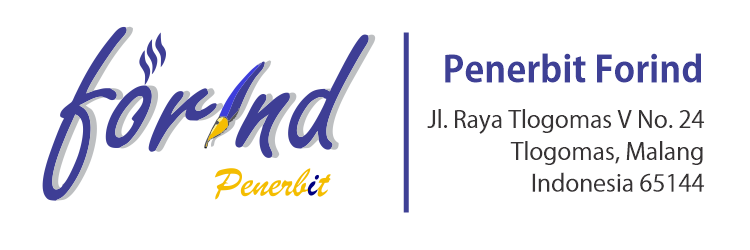HUBUNGAN PENGETAHUAN DENGAN PERILAKU PERSONAL HYGIENE SISWA SAAT MENSTRUASI
Keywords:
Personal hygiene , Menstruation , KnowledgeAbstract
Adolescents are residents in the age group between the ages of 10 years and 18 years. During menstruation, teenagers need to know about reproductive organs, physical and psychological changes, in order to avoid risk factors that threaten the health and safety of reproductive organs. Hygiene during menstruation is important in determining the health of adolescent girls' reproductive organs. Prevention of diseases of the reproductive tract can be overcome if women are active in maintaining the cleanliness of their reproductive organs so that germs do not easily enter and cause infections. This research aims to determine the relationship between knowledge and students' personal hygiene behavior during menstruation. Analytical research method with a cross sectional design. Sampling used simple random sampling. research population 146, sample size 58. Questionnaire research instrument. Data analysis using the Kendall Tau test. The results of data analysis show a relationship between knowledge and personal hygiene behavior during menstruation at Trunojoyo Middle School with a P value of 0.039. The suggestion that researchers can convey is that there is a need for counseling and providing reproductive health education to students, both by teachers, health workers and parents, even though students already have fairly good knowledge, the aim is to reduce the incidence of disease due to students' lack of knowledge about personal hygiene during menstruation.
Published
How to Cite
Issue
Section
Copyright (c) 2025 ASSYIFA : Jurnal Ilmu Kesehatan

This work is licensed under a Creative Commons Attribution-NonCommercial-ShareAlike 4.0 International License.
Attribution-NonCommercial-ShareAlike 4.0 International (CC BY-NC-SA 4.0)
You are free to:
- Adapt — remix, transform, and build upon the material
- The licensor cannot revoke these freedoms as long as you follow the license terms.
Under the following terms:
-
Attribution — You must give appropriate credit, provide a link to the license, and indicate if changes were made. You may do so in any reasonable manner, but not in any way that suggests the licensor endorses you or your use.
-
NonCommercial — You may not use the material for commercial purposes.
-
ShareAlike — If you remix, transform, or build upon the material, you must distribute your contributions under the same license as the original.
- No additional restrictions — You may not apply legal terms or technological measures that legally restrict others from doing anything the license permits.




